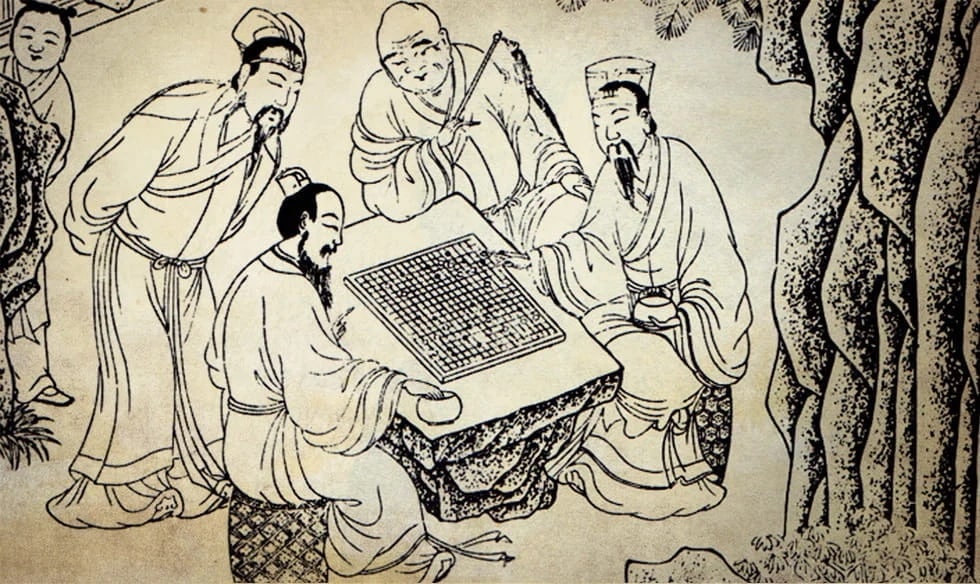Where was the world’s first casino? What role did roulette play in the development of gambling in Europe? What do an Italian enclave, spies, and casinos have in common?
Recently, the authorities of the Italian town of Campione d’Italia, located in Switzerland, announced the reopening of one of the largest and oldest casinos in Europe.
During the First World War, the Casinò di Campione served as a base for spying on foreign diplomats. Despite functioning for years, it was only in 1933 that the casino received an official license, granted by Benito Mussolini’s government, formalizing its role as a legal gambling venue.
After going bankrupt in 2018, the casino remained closed for several years, severely affecting the local economy. Its reopening marks a revival of a legendary institution — but Campione is far from the only casino with a rich and complex past.
Today, the casino world continues to evolve, both offline and online. For instance, in Crusino Casino, players can now enjoy the return of everyone’s favorite offer — the much-anticipated stay casino no deposit bonus codes, allowing users to experience the thrill of gaming without needing to deposit a cent.
Here are some of the most interesting facts about the world’s first casinos.
1. Venice — The Birthplace of Casinos
In addition to Campione d’Italia, the first modern casino in history also appeared in Italy. This happened in 1638 in Venice, when the first official gambling houses, known as Ridotto, were opened by order of the city’s authorities.
Before legalization, the term Ridotto referred to illegal gambling gatherings, often hosted in noble homes. After regulation, gambling was confined to one location during carnival season — not to eliminate it, but to control it.
Admission was limited to wealthy citizens, and players had to follow a strict dress code — elegant clothing, elaborate hats, and even masks, reflecting the traditions of Venetian society.
The most popular game was biribi, an early roulette-like game played on a numbered board. Eventually, these casinos were closed at the end of the 18th century, with authorities citing ethical concerns and their elitist nature.
Yet the Ridotto laid the foundation for the modern casino as a controlled, state-sanctioned entertainment space — a model that soon spread across Europe.
2. China — The Birthplace of Underground Casinos
Long before European casinos, similar institutions operated in China. As early as the 10th century, organized gambling houses offered games to high-ranking officials and wealthy citizens — though always in secrecy.
These early gambling spots were not officially sanctioned, and all activities were conducted underground. Access was limited, and secrecy was key to avoiding legal repercussions.
By the 17th century, a powerful criminal syndicate known as the Triad gained influence, partially due to the debts owed by corrupt officials who frequented illegal casinos. This intertwining of gambling and organized crime became deeply embedded in Chinese society.
Today, most gambling remains banned in mainland China, though legal casinos operate in Macau, which has become a major global gambling hub. Still, the roots of Asian casino culture can be traced back centuries to these secretive and exclusive venues.
3. What About Las Vegas?
Contrary to popular belief, Las Vegas gained its reputation as the gambling capital of the world only in the mid-20th century.
Before that, the true American gambling center was New Orleans. From there, semi-legal gambling saloons began spreading westward in the early 1800s, following the expansion of the U.S. frontier.
Gambling houses soon popped up in cities like Dodge City, Denver, Deadwood, and Kansas City — places famous for their lawlessness and colorful characters. These saloons were often unregulated and attracted a mix of settlers, outlaws, and fortune-seekers.
During the California Gold Rush in the mid-19th century, San Francisco emerged as the dominant gambling hub in North America. With its influx of miners and wealth, the city was home to a booming underground gambling scene, from card rooms to roulette tables.
It wasn’t until 1931, during the Great Depression, that Nevada legalized gambling, paving the way for Las Vegas to grow into the global entertainment center it is today. Still, Las Vegas owes much of its DNA to those early Western saloons.
4. Trains to Monte Carlo
In Europe, infrastructure played a surprisingly important role in the success of gambling. The iconic Monte Carlo Casino in Monaco is a perfect example.
The idea of building a casino in Monte Carlo came from Prince Charles III, who hoped gambling would provide a stable source of income for the royal family. The first casino opened in 1856, but it initially struggled due to a lack of roads and access for tourists.
It wasn’t until around 1868, when a railway connection was built, that the Monte Carlo Casino began attracting a wealthy European clientele. Backed by influential investors, the casino gained prestige and transformed Monaco into a luxurious gambling destination.
Since then, Monte Carlo has become synonymous with elegant, high-stakes gaming, appealing to aristocrats, royalty, and celebrities alike. The arrival of trains brought with it not just convenience, but a whole new class of clientele ready to gamble in style.
5. Roulette in Europe
The rise of roulette played a significant role in the spread of legal casinos across Europe. The game gained popularity in the second half of the 18th century, becoming a cultural phenomenon in France, Belgium, and Germany.
Roulette’s appeal lay in its simplicity and suspense — a spinning wheel, a small ball, and the promise of a life-changing payout. It quickly became one of the core attractions in Europe’s first regulated gambling houses.
Several casinos that opened in that era still operate today. For example, the Casino Baden-Baden in Germany was founded in 1809 and became a favorite haunt of European aristocracy. Even Fyodor Dostoevsky, author of The Gambler, played (and lost) here, which inspired his famous novella.
Interestingly, it was in Germany that the double zero on the roulette wheel was replaced with a single “0”, increasing player odds — a format that remains in use across most of Europe today.
Roulette became so central to casino identity that, for many years, the word “casino” in some countries was almost synonymous with the roulette table.
From Noble Halls to Global Industry
While early casinos were small, exclusive spaces for aristocrats and elites, the concept of gambling houses has constantly evolved — adapting to shifting social norms, technologies, and economies. What began as a localized European phenomenon is now a worldwide industry spanning continents and cultures.
In the 19th and 20th centuries, the casino moved beyond its Old World roots. As transatlantic travel expanded and cities like Las Vegas emerged, the gambling house became a symbol of mass entertainment, no longer limited to nobles in powdered wigs and tailcoats.
Architecture shifted from intimate salons to vast, light-filled halls. Dress codes relaxed. Games became standardized, and odds were mathematically calculated. Casinos began catering to tourists, vacationers, and working-class thrill-seekers, not just the upper crust.
In the 21st century, the evolution has continued in the digital sphere. Online platforms now allow people to experience many of the same games — roulette, blackjack, poker — from their own homes. Virtual casinos have removed geographic barriers, attracting a new generation of players and bringing the casino experience to phones and laptops around the world.
And yet, despite all these changes, the core idea of the casino remains the same: a space where chance and choice collide, where fortunes can change in a heartbeat, and where people gather not just to win — but to dream. The story of the casino is ultimately the story of people seeking risk, reward, and connection.
A Final Thought
From masked Venetians and Chinese secret houses to train-riding aristocrats and gunslingers in saloons, the story of the world’s first casinos is as rich and unpredictable as the games they hosted. These institutions were more than just places to gamble — they were mirrors of their societies, shaped by power, culture, economics, and ambition.
And while history has carried us far from the candlelit gaming halls of the 17th century, the essence of the casino — a space where chance, risk, and reward converge — remains just as compelling today. Whether in Monte Carlo, Macau, or any other corner of the globe, the spirit of the original casino endures.








